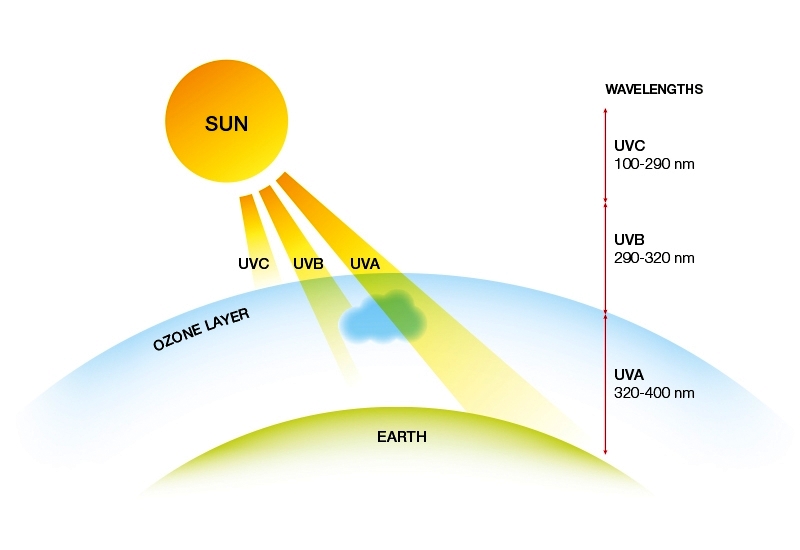The sun is the best natural source of vitamin D during summer. But what happens during the winter season? How can the body get sufficient vitamin D when there isn’t that much sunlight?
You can get vitamin D even during winter through indoor tanning.
Several studies have revealed that a tanning bed can also be an excellent source of vitamin D. However before you start with any tanning, you need to know how to tan in a way that will help you get the maximum amount of vitamin D to avoid overexposure to UV light and its negative side effects.
When it comes to producing special UV rays that trigger production of vitamin D in the skin, tanning beds are not all the same. Production of vitamin D requires ultraviolet rays of 295-310 nm wavelength. These, however, are near the burning area of the UV light.
In most countries, indoor tanning is regulated to cater to cosmetic tanning. Aside from being commercially focused, tanning regulations, such as in the U.S. also prevent salon operators from giving any advice on the potential effects of indoor tanning on one’s health. Professional tanning salons use tanning beds that emit mainly UVA.

UVA rays have longer wavelengths compared to UVB and are responsible for oxidizing the skin’s melanin pigment to a darker color. These rays, however, do not produce vitamin D and do not help in the production of more melanin.
If you’re looking for a tanning salon you can go to for your vitamin D dose, you might have a difficult time getting enough information during your search.
To help you with the search, here are several practical tips on how to find out if the salon has the equipment you need and how to use it to get your vitamin D:
- If in the U.S., never ask if the salon offers healthy tanning for vitamin D. They will think you’re from the media, or the authorities, or even an undercover agent. Ask instead about the highest amount of UVB in their tanning beds. UVB of above 5% in North America or 2.3% in Europe are good.
- Tanning beds with enough amount of UVB always come with low-pressure lamps for the body. Some will also have the extra high-pressure UVA lamps for the face. Make sure to switch off these high-pressure UVA lamps during your session as they are not needed.
- To protect your face skin, use a towel to cover your face during your tanning session. You can also use a broad-spectrum sun protection lotion.
- Make sure to follow all the other indoor tanning precautions.

Tanning salons have protocols that combine your skin type with the power output for each tanning bed. These protocols, however, are only for cosmetic tanning goals. When doing indoor tanning for vitamin D, you should avoid getting a darker tan because it will increase your skin’s UV protection, which will prolong the time needed to produce vitamin D.
Here are some tips to get a full dose of vitamin D from tanning without the risk of getting burned:
- Identify the appropriate tanning bed to use according to the UVB percentage. Next ask the normal time for cosmetic tanning in that bed with your skin type and cut the time in half. This will provide you enough UVB for producing 10,000 to 15,000 IU of vitamin D from one session without the risk of burning.
- You need at least two sessions each week to avoid deficiency in vitamin D.
- You should use tanning lotions during and after the session. Tanning lotions have moisturizing and skin-care effects, which help the UV rays penetrate the skin deeper to reach the vitamin D cell receptors.
- Avoid the use of lotions containing color-enhancing bronzers. Instead, use tanning lotions based on coconut juice or Aloe Vera.
It is also important to make sure that the skin you use is clean and dry before you use any type of tanning lotion. This will help to prevent any problems that might arise. It is also important to make sure that you are using the best tanning oils that are suitable for your skin type and that you have read up on the type of products that are best for your skin type.
yes tanning oils can begood but dont use sunblock!!!